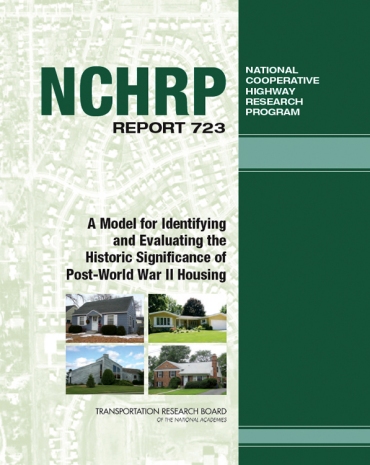Postwar Suburbia Gets a Boost
 |
Enlightenment can often be found in unexpected places. Consider the ungainly titled A Model for Identifying and Evaluating the Historic Significance of Post-World War II Housing. Sounds a bit dry, doesn’t it?
It is—as any publication aimed at bureaucrats and published by the federal Department of Transportation would be. But it also provides a thorough history and geography of the American suburb from 1946 to 1975, fascinating reading for fans of ranch houses, Cape Cods, Georgian Revivals, or Eichlers.
The 183-page book delves into prefab homes, the popularity of cul-de-sacs, federal policies encouraging racial discrimination, the birth and death of the concrete screen, and more.
People trying to win historic designation for their own neighborhoods could learn much here. Written to help officials determine whether neighborhoods that might be affected by road building are historic, the report provides techniques for surveying and determining whether homes retain architectural integrity.
“A consistent, credible approach to surveying, evaluating, and assessing the integrity of postwar properties,” the authors write, “can help change a perception among both practitioners and the general public that postwar resources are unimportant.”
To view the entire ‘Identifying and Evaluating’ book in pdf format, click here. It can also be found online at www.trb.org or purchased for $68.




